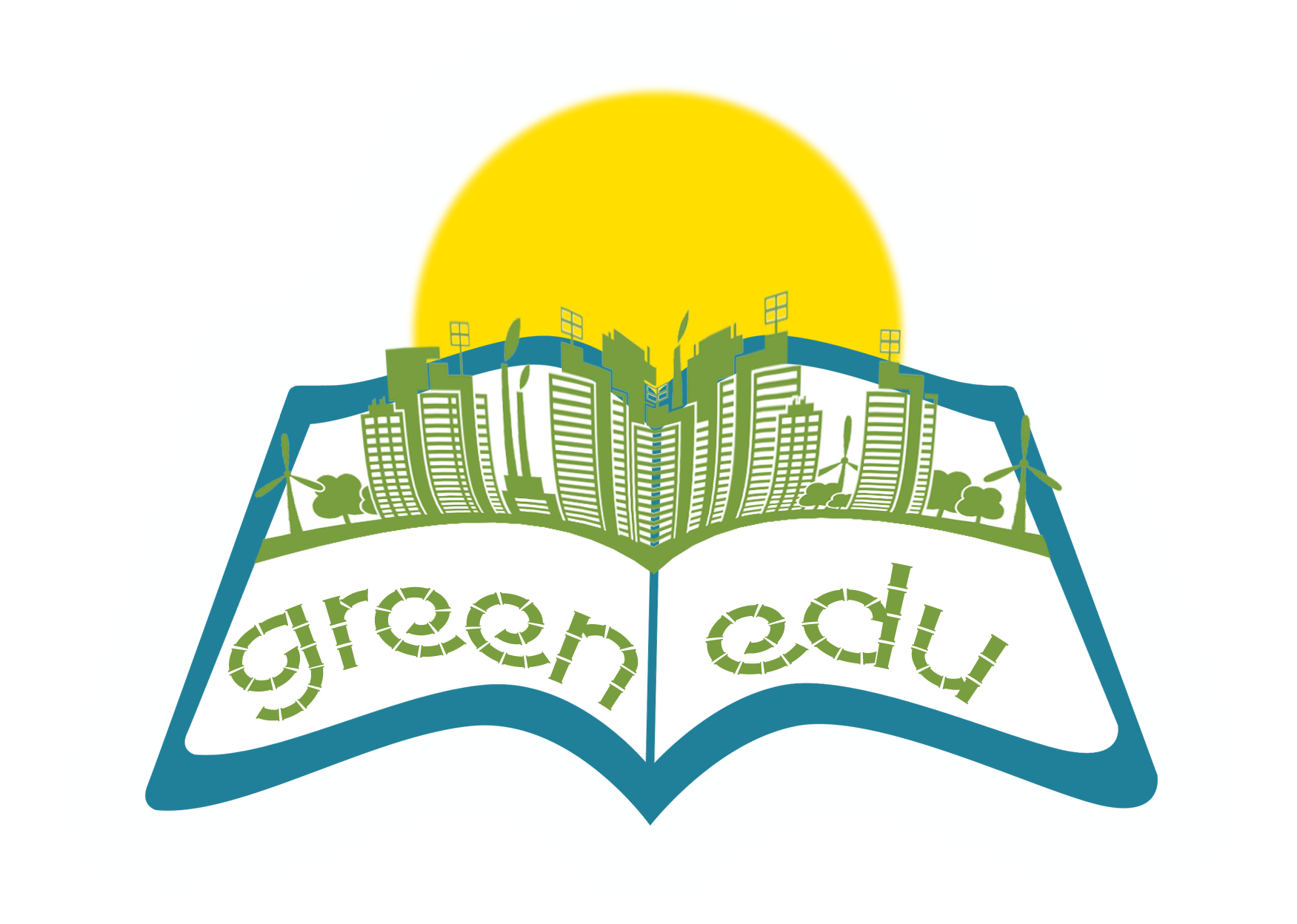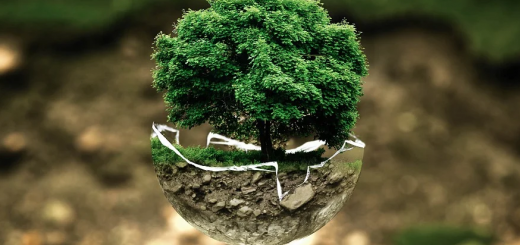Magnet Usage Areas

Author(s): Ahiler Secondary School
Summary
Objects that attract materials such as iron, nickel and cobalt are called magnets. The substances attracted by the magnet are called magnetic substances.
Natural magnets: They are magnets found in the form of stones in nature.
Artificial magnets: Magnets made of iron, nickel, cobalt and steel. They can be in the shape of a horseshoe, a bar and circle.
Electromagnets: They are magnets formed by the flow of current through copper wire wrapped in iron.
Magnet Usage Areas:
Compass is one of the oldest uses.
It is used in the production of electronic devices such as the refrigerator covers and decorations, mobile phones, radios, televisions, computers, and doorbells.
Strong magnets are used for lifting heavy objects and extracting iron from scrap.
Note: Magnets can damage electronic items. Can corrupt bank cards.
| Lesson plan summary | |
| Subject | Green Engineering and Robotics |
| Subtitle | F.4.3.2.4. Explain the ideas about new uses of magnets. |
| Age of students | Primary 8-10 |
| Preparation time | 30 Minutes |
| Teaching time | 40 Minutes |
| Online teaching material (links for online material) | https://www.hurriyet.com.tr/yerel-haberler/ankara/hizlandirici-miknatista-uretim-tamamlandi-41079145https://www.youtube.com/watch?v=ZK_hHQQ3KMwhttps://ilk-okul.com/mod/page/view.php?id=1092 |
| Offline teaching material | WEDO-2 kitTABLET |
Aim of the lesson
By the end of this course, students will be able to:
- know the magnet and learn the poles of the magnet.
- determine the usage areas of the magnet.
- learn the use of sensors by coding through the WeDo 2.0 program.
- use a magnet against environmental pollution detected around them, using STEM steps to produce a solution and model this solution.
Activities
Describe here in detail all the activities during the lesson and the time they require. Remember, that your lesson plan needs to revolve around the topic of Green Engineering and Robotics.
| Name of activity | Procedure | Time |
| Engage-1 | Production Completed in Accelerator MagnetWeighs over a ton of ‘Four Pole Magnet Custom Design’, made in Turkey will play a key role in the testing space. The accelerator magnet, designed by a METU team and produced by Sönmez Transformer, has also passed the qualification tests of the European Nuclear Research Center (CERN). METU Faculty Member Prof. Dr. Bilge Demirköz said, “A high value-added product has been developed with the successful university-industry cooperation of METU and Sönmez Trafo AŞ.” ** Students are asked to comment on this subject by reading the newspaper article. Apart from such situations, students try to find out in which areas magnets can be used by brainstorming. | 5 min |
| Explore-1 | After giving preliminary information about the usage areas of the magnet to the students, they are shown the video “Lamb / Magnet”. Students are asked what they think about the usage areas of the magnet in the video. Then we talk about how we can produce a product using a magnet and which products the magnet can contribute to. | 10 min |
| Explain-1 | In this section, students are asked to design a product that benefits the environment in which the magnet can be used with the WeDo 2.0 set. While designing the product;- Motion sensor must be used.- Smart brick must be used.Students design a product in accordance with the given limitations. They can get help from the teacher in the process. The product must have the ability to move. The product should be aimed at solving an environmental problem. As an example, a tool design for separating metal waste with the help of a magnet can be given. | 10 min |
| Elaborate-1 | Students are asked to explain the product they designed. When students explain their designs, the teacher draws attention to features such as easy placement, easy accessibility and few materials. Then students are provided to criticize their designs according to these features. Students explain the coding scheme they created after completing their self-criticism. By giving feedback on the coding scheme, what can be done to improve the scheme is exchanged. Students are given time again to improve the coding scheme. Usage areas of magnets• Compass hand is a magnetic part.• It is used in the refrigerator door.• Tailors use magnets to collect spilled pins.• Magnets are used in tools used to clean windows. • Some metals found in trash are classified using magnets.• Magnet is used in the construction of the loudspeaker.• It is used in Alarm setups and fast magnetic trains.• It is used in the construction of vehicles such as radio, television and computers. | 15 min |
Assessment
Describe here the assessment method of the lesson, if any. For example, if you plan on assessing your students with a quiz, include here questions and answer options with color-coding the correct answers
HOMEWORK ASSESSMENT (PROJECT)
Materials Used:
Materials: Pet bottle, pipette, scissors, colored stamps, adhesive, pen, paper, ribbon, thick colored rope, balloon, felt
Knowledge Based Life Problem
Serkan runs a cafe. Serkan pays the expenses of the cafe using a credit card. One day, Serkan went to the market to buy the materials needed by the café and his credit card didn’t not work. Serkan, wondering about the reason for this situation, called the bank and got information. The credit card has been corrupted because he kept the credit card with various items in which there were magnets. Design a product to prevent Serkan’s credit card from being corrupted.
Limitations:
- The budget is limited to 20 TL.
- The length of our model should be minimum 10 cm and maximum 25 cm.
- Your model must have a price.
- Your product must have a promotional brochure.
Evaluation of the Product
| VERY GOOD | MIDDLE | MUST BE IMPROVED | |
| Have mandatory materials been used? | |||
| Are the restrictions respected? | |||
| Is the problem scenario understood? | |||
| Is the brochure sufficient in terms of promoting the product | |||
| Can the model move? |





